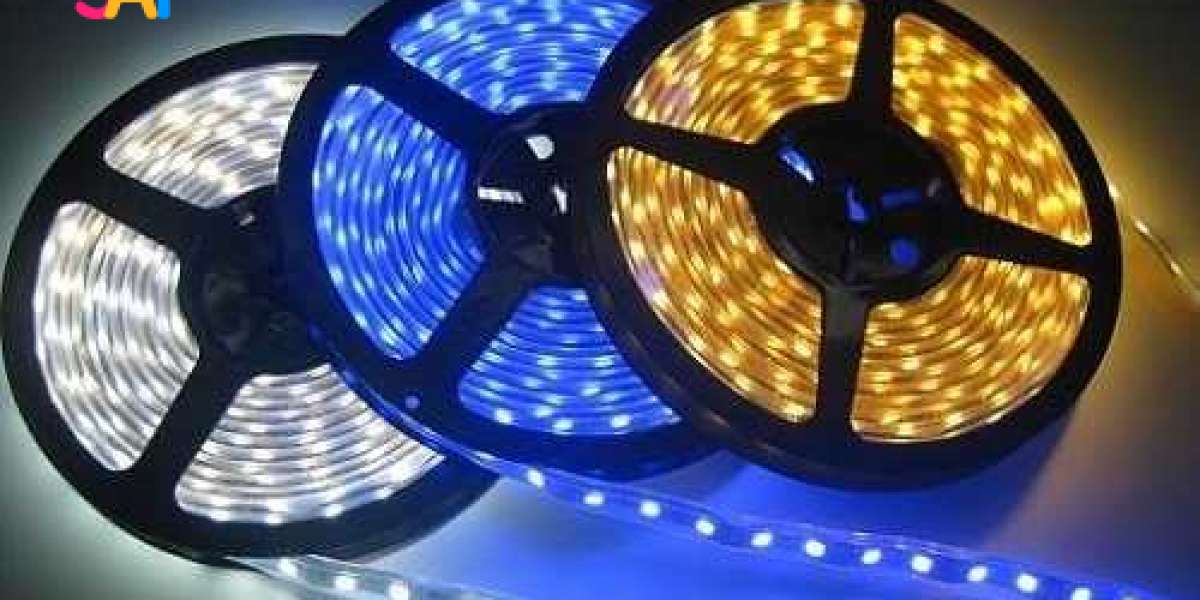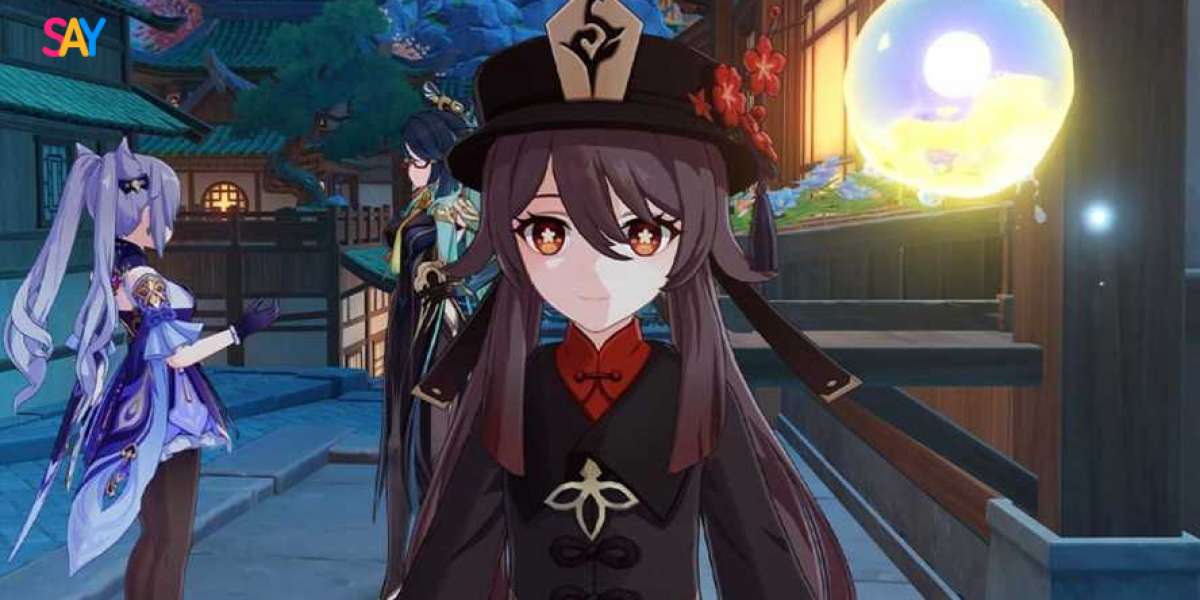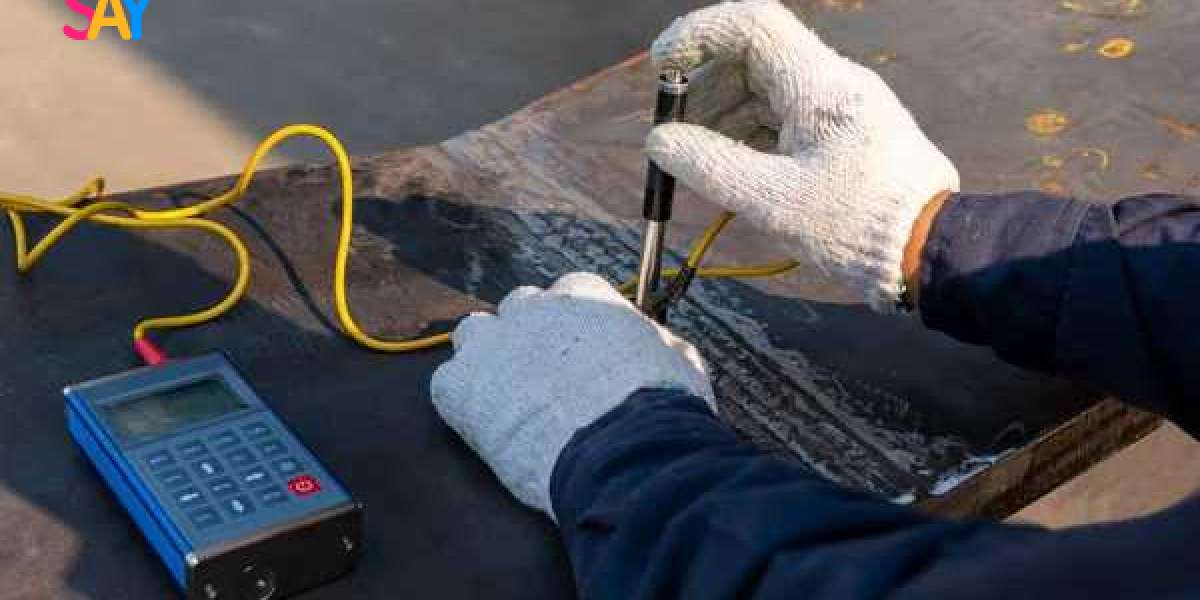See More Tips and Ideas for Using Crown Molding to Decorate Your Home
Method #1: The Corner Fold or 90-Degree Fold
The corner fold is ideal for creating precise 90-degree angles in your LED strip installation. No additional tools are required, making it perfect for urgent situations. However, it's not suitable for corners with LEDs, and caution is needed with waterproof strips.
Pros:
- Creates precise 90-degree angles
- No extra tools needed
- Ideal for urgent situations
- Ensures uniform lighting around corners
Cons:
- Not suitable for corners with LEDs
- Not ideal for waterproof LED strips
Method #2: 90-Degree Pitch or the Ribbon Bend
The ribbon bending technique, also known as the 90-degree pitch, is beginner-friendly. It's easy to bend the strips, but it may not provide a finished look and could damage the waterproof coating if twisted tightly.
Pros:
- Easy to bend
- No tools required
- Ideal for spaces where strips are not visible
Cons:
- May not give a finished look
- Can damage the waterproof coating if twisted tightly
Method #3: Accordion Folds (The Curve)
Accordion folds are suitable for round corners or angles greater than 90 degrees. While they allow for artistic lighting patterns, this method is not beginner-friendly and poses a high risk of LED damage.
Pros:
- Great for round corners
- No special connector required
- Can create artistic lighting patterns
Cons:
- Not beginner-friendly
- High risk of LED damage
- Time-consuming process
See More How to Tell Short and Sweet Bedtime Stories with LED Lights Under the Bed
Method #4: Use L-Shape Connector
L-shape connectors provide a neat corner lighting solution. They're easy to use, secure, and effective for creating 90-degree angles.
Pros:
- Gives a smooth and even lighting effect
- Easy to use and secure
- Minimal space between joints
Cons:
- Additional cost for purchase
- Risk of wrong cuts
- Not ideal for round edges
- NB: To enhance flexibility, opt for L-wire connectors for round edges.
Method #5: The Cut-and-Jump
Ideal for unbendable LED strips, the jump connector offers flexibility in any direction. It works well on irregular corners or edges but requires additional tools.
Pros:
- Ideal for unbendable LED strips
- Flexible in any direction
- Saves installation time
Cons:
- Requires additional tool (jump connector)
- Soldering may be necessary
- Not suitable for beginners
Method #6: Use Pre-Bend LED Strips
Pre-bend LED strips, available in various shapes, offer an easy installation option. Simply peel and paste them onto corners.
Pros:
- Easy to install
- No risk of breaking
- Come in a variety of shapes and sizes
Cons:
- More expensive than regular LED strips







